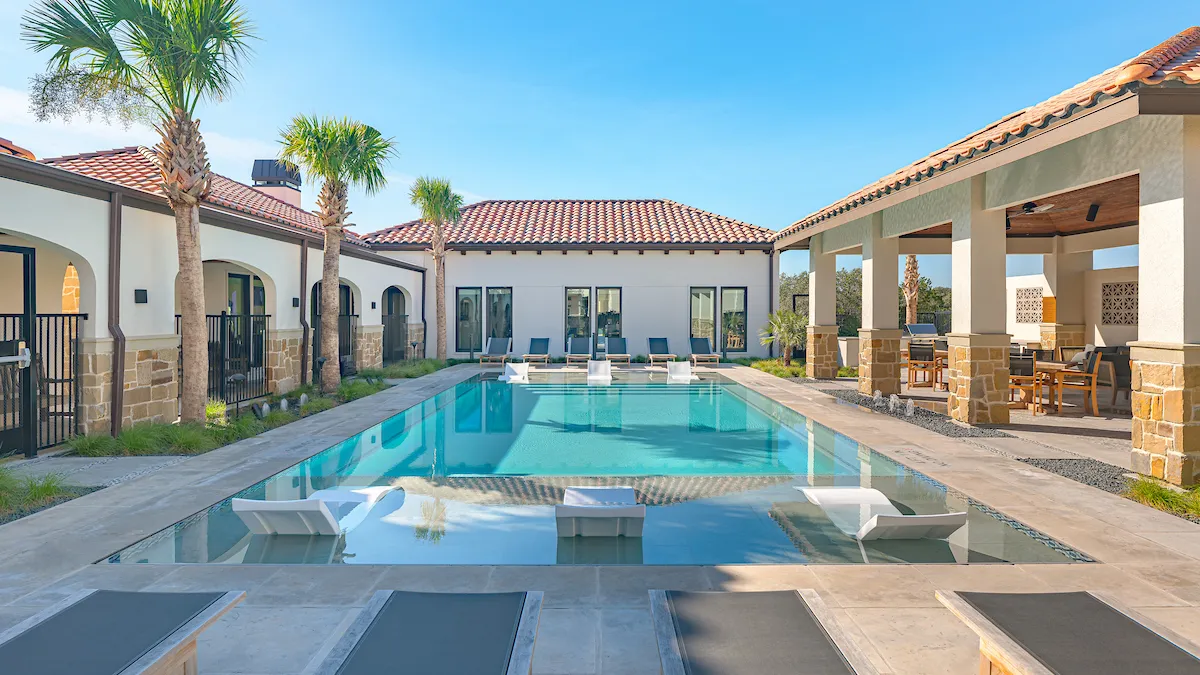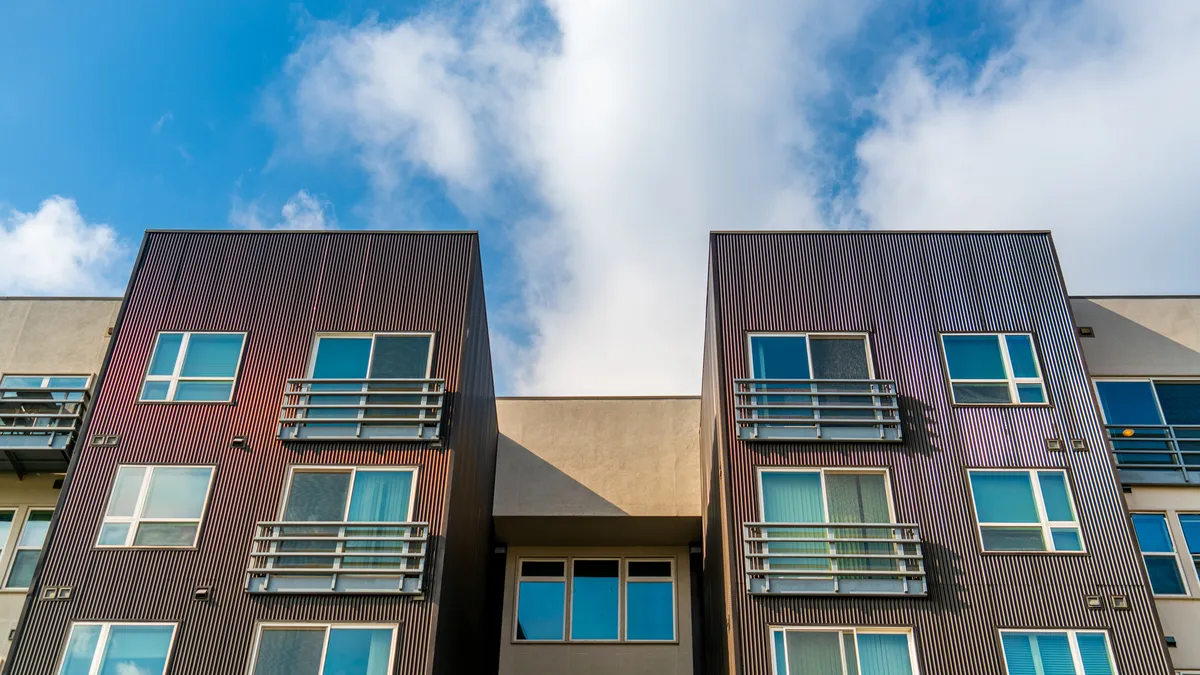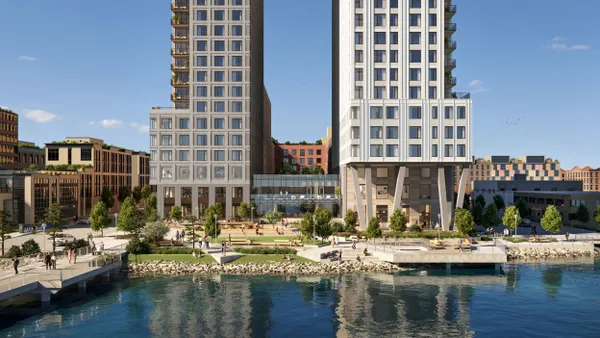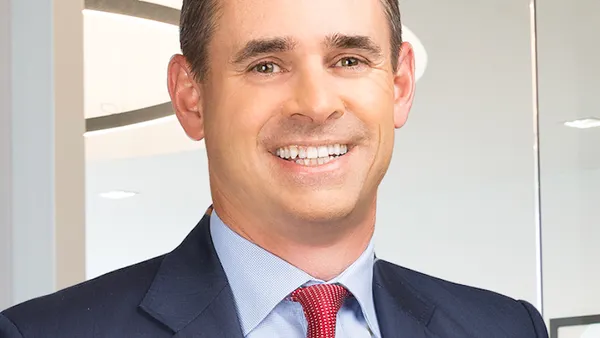The NRP Group has traditionally been a top apartment builder and developer. But even with a history of strong success, the Cleveland-based company expects to hit new heights in 2022 by breaking ground on more than 6,000 new apartments, which would be the highest number of annual starts in its 28-year history.
NRP’s starts this year, totaling $1.9 billion, will be spread across 23 properties. Eleven of those communities, totaling 3,762 units, will be market-rate. Another 10 developments, totaling 1,865 apartments, will be affordable for residents at or below 60 percent of the area median income. Finally, two projects, totaling 658 apartment homes, will have half of their units priced at market levels and half priced for residents at 80% of the area median income.
NRP’s third-party construction business will start an additional 2,500 units this year. The man sitting at the center of much of this activity, including developments like Brisa in Bee Cave, Texas (pictured above), is Dan Hull, president of construction at NRP.
Here, Hull, talks with Multifamily Dive about labor and materials challenges and whether geopolitical events will impact the supply chain.
This interview has been edited for brevity and clarity.
MULTIFAMILY DIVE: Last year was a good year for NRP. How were you able to increase starts with construction’s notorious labor challenges?
Dan Hull: We have a pretty loyal group of subs. Because of our size, our liquidity and our access to credit, I can pay my subcontractors on time every month, regardless of whether the bank was slow to fund any specific project draw. So our subcontractors know when they sign up with NRP that on a specific date every month, they're always going to get paid.
How have you dealt with challenges getting materials?
There are a couple of unique things that we've done. Because of our size, now, we're able to do some things we haven't been able to do in the past. With where we're at with liquidity and access to credit, I can go in and lock up materials much earlier than we have typically decided to in the past. If I need to buy flooring before the bank can reimburse me, I can.
One of the things that we've worked out with some of our trade partners is locking in orders on a variable-rate agreement. For example, before the pandemic, I could order trusses and get them in two months. Well, now I have to order trusses eight, nine or 10 months before I need them. And so I can go to some of our trade partners and say “I want to pay for a place in line, but I don't want to pay the final price yet. We're going to agree to a variable rate and watch the volatility and together agree on a purchase closer to delivery.”
So far, it has worked in our favor. You go back and look at the market in the eight- to the nine-month window and we've been able to wait it out and let things come back down a little bit.
What's your breakdown on market rate versus affordable starts?
Right now, it's about 60% market rate versus 40% affordable.
On the construction side, does that make the job different in any way?
Affordable is generally a simpler product. So that makes it different. But how we approach it and how we execute our methods or protocols are all exactly the same.
Is the product simpler just to save costs?
Yes. There are some markets where you can do a five-story structured wrap product and it’s affordable. But most affordable [projects] are going to have surface parking and be three- or four-story. Generally, it’s a simple product.
Have recent events surrounding Ukraine and rising interest rates made your job harder in the last couple of months?
Not yet. I think the supply chain issues that will be consequential from that or from the Chinese lockdowns the last couple of months are yet to work their way through.
I'm guessing that in the next quarter, if you call me back, I'd say, “Yeah, I think it's noticeable now.”
Click here to sign up to receive multifamily and apartment news like this article in your inbox every weekday.











